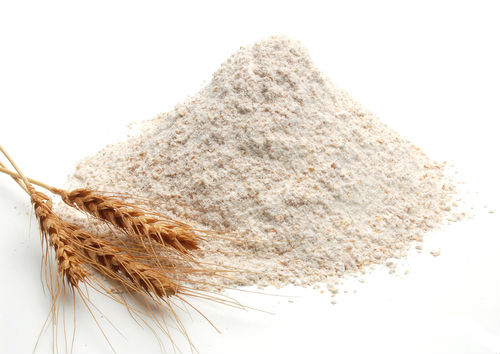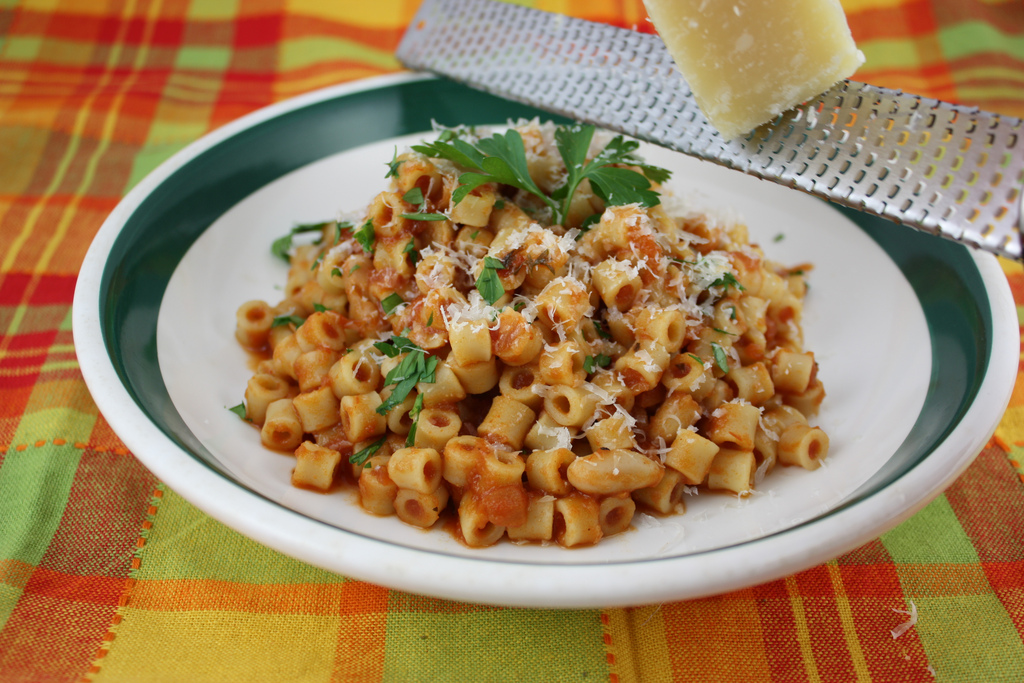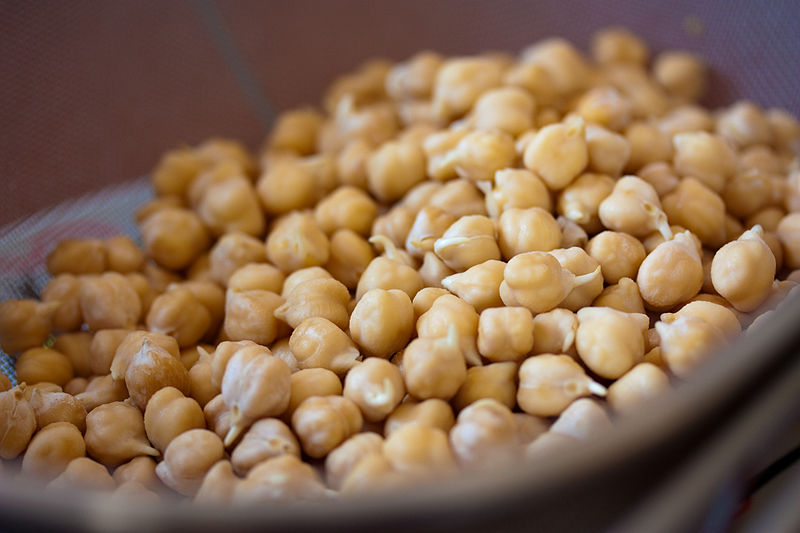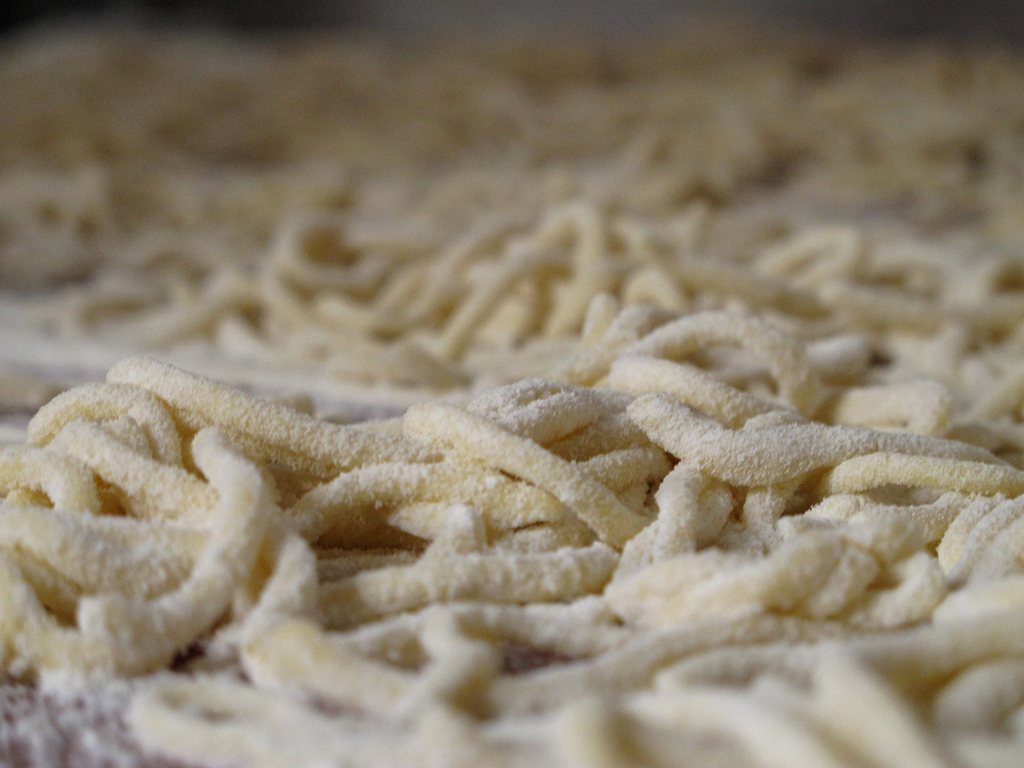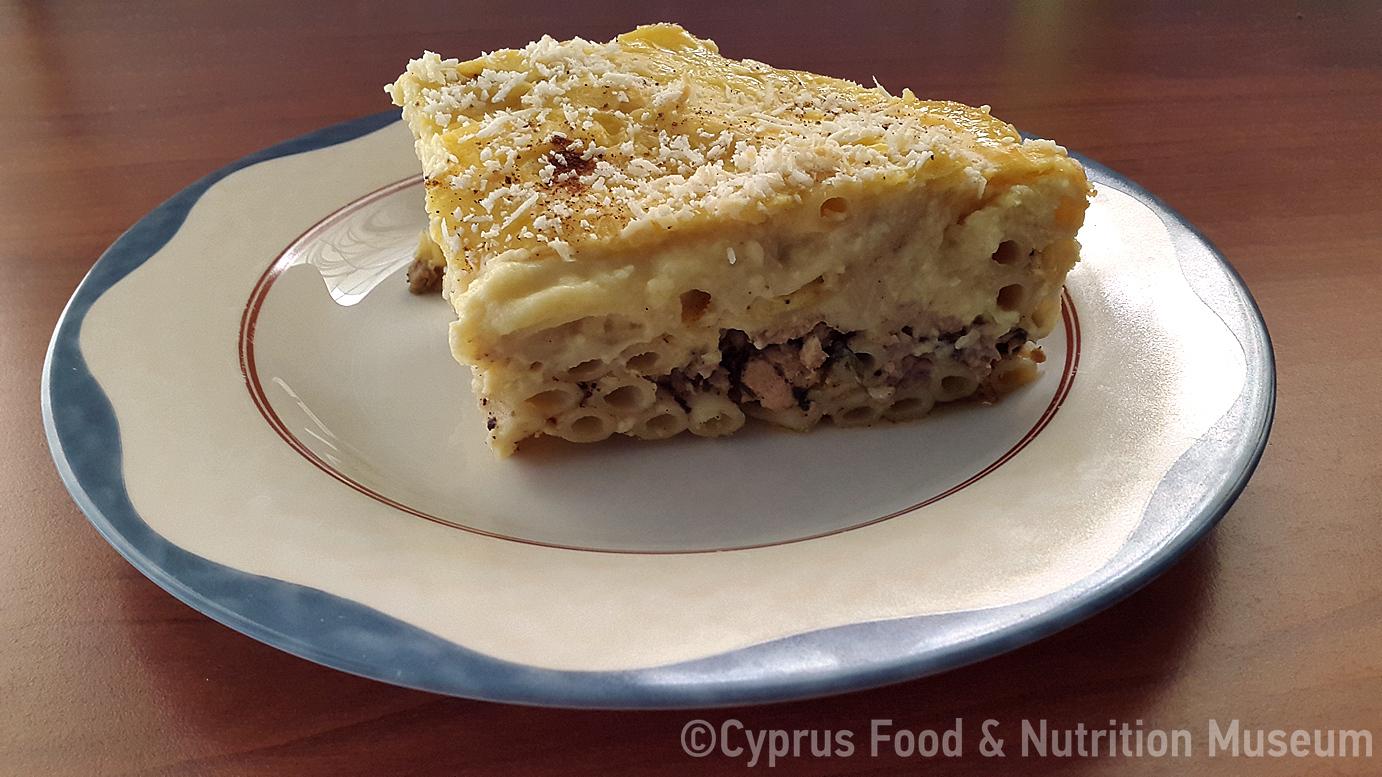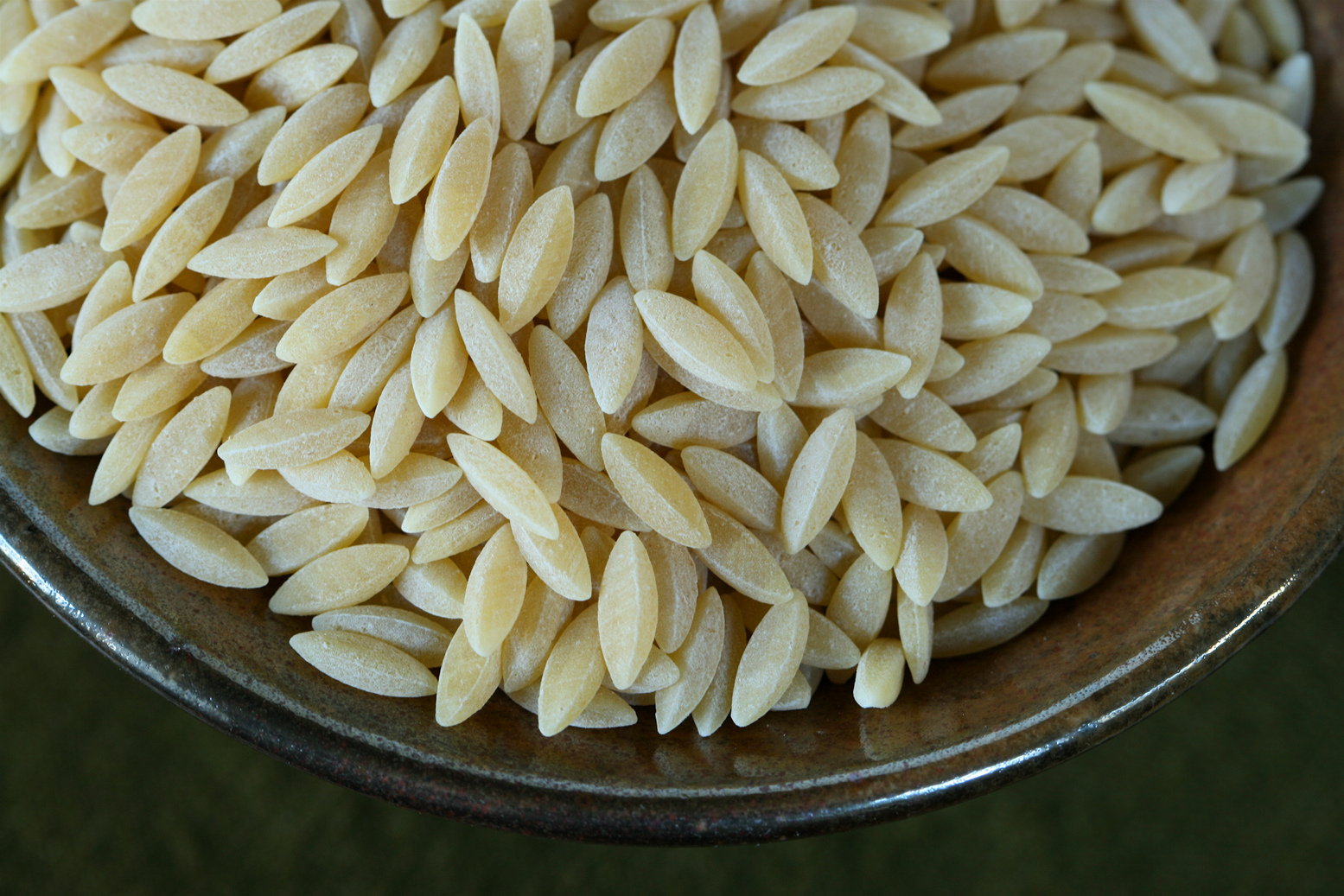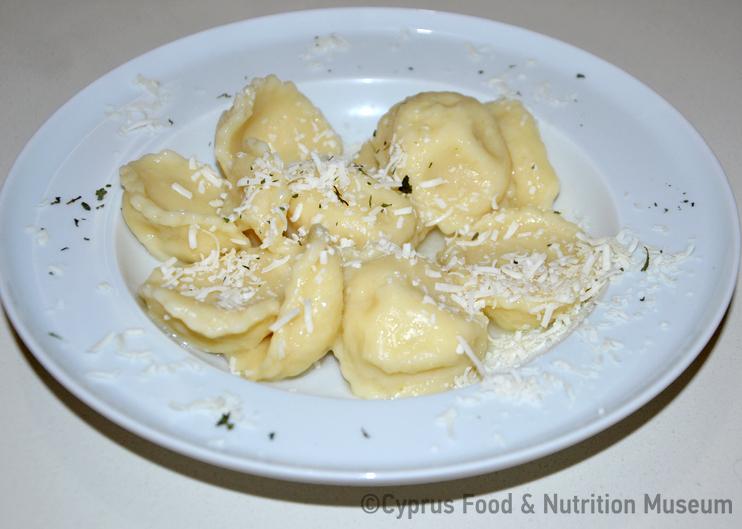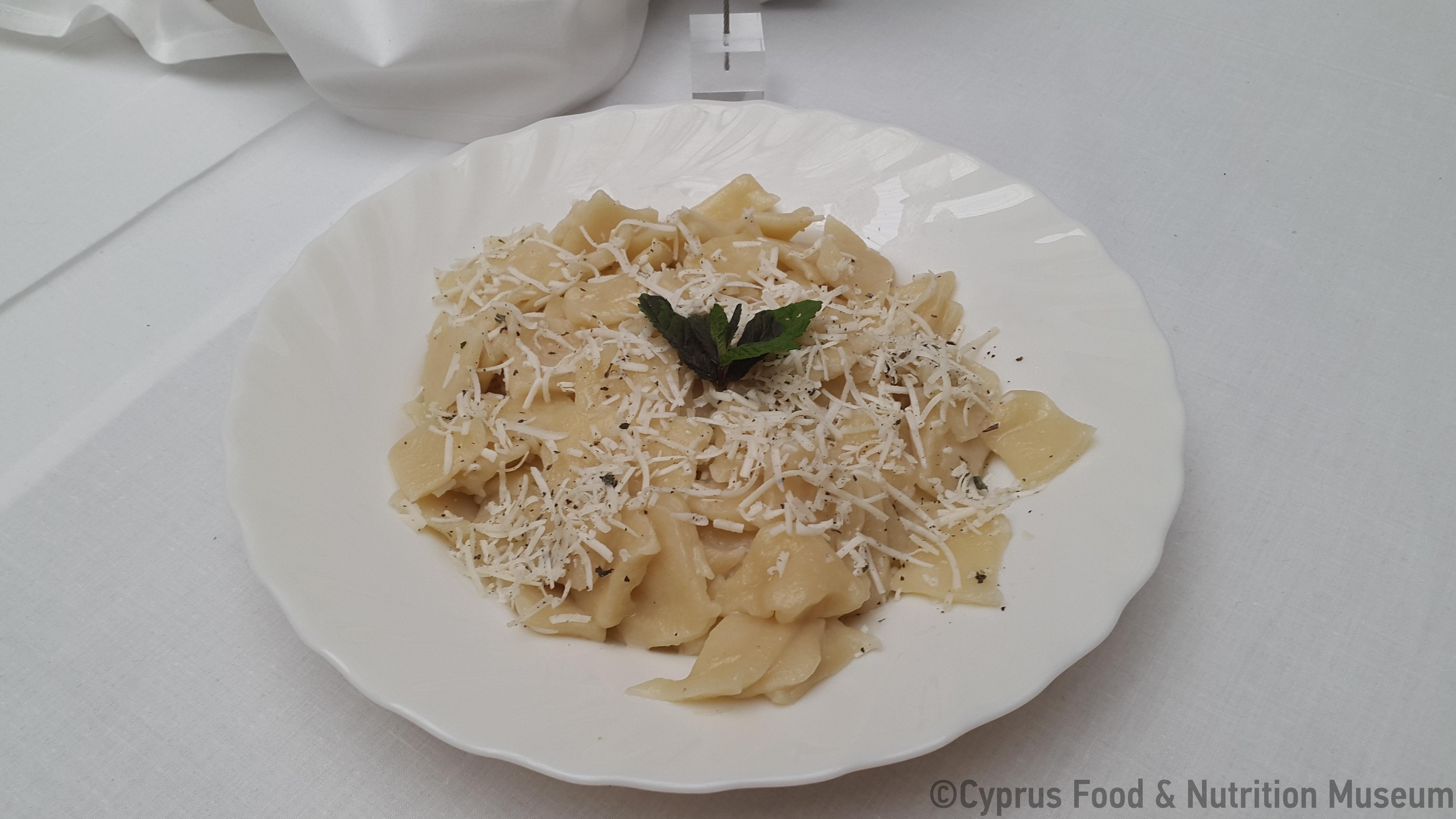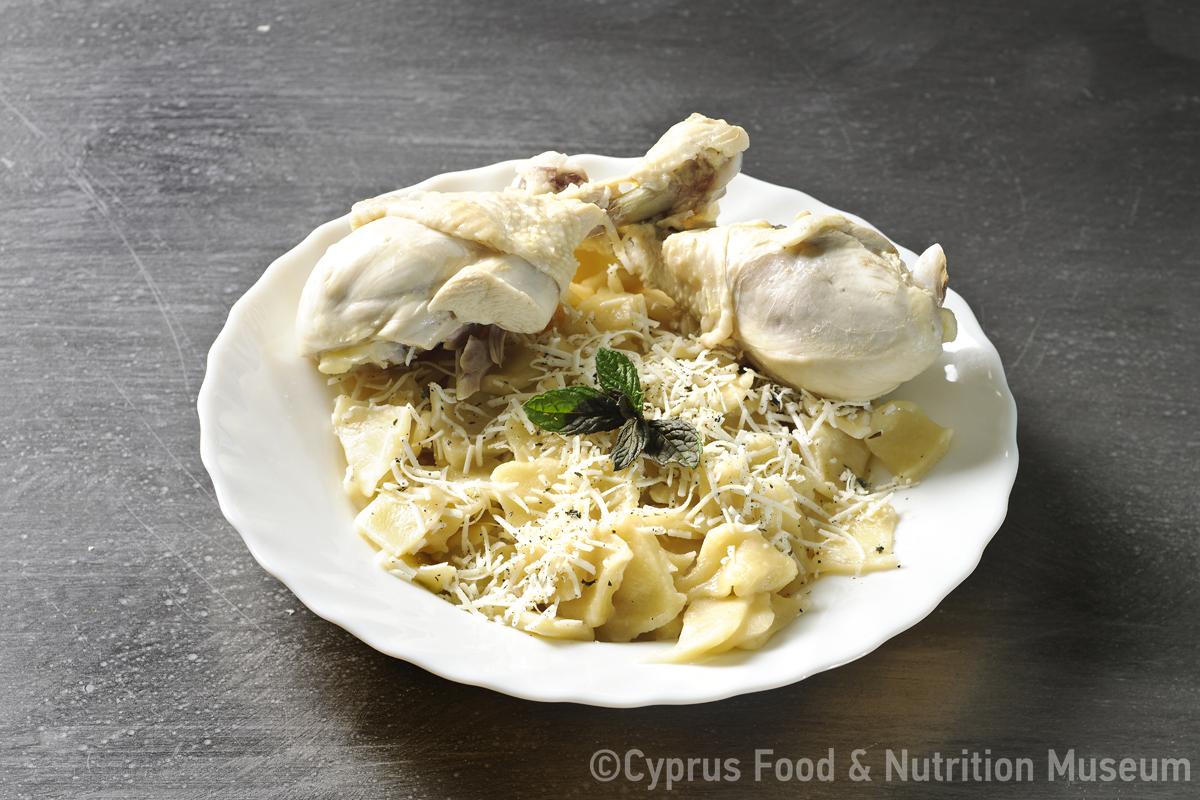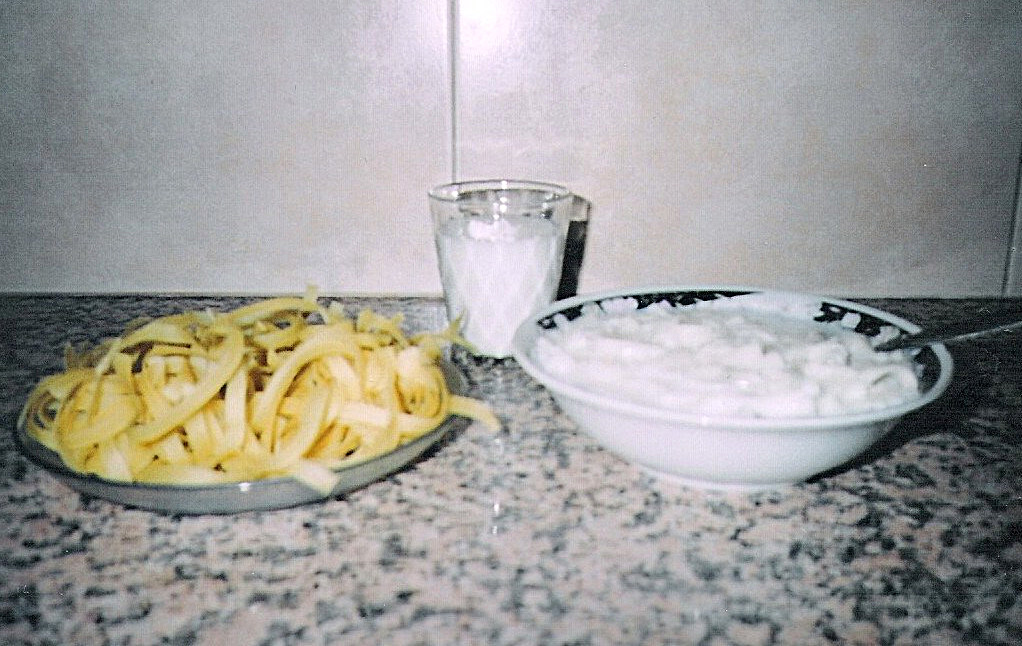Thin, spaghetti-like pasta.
Name - Origin
Thin, spaghetti-like pasta.
ETYM. From the thread around the spindle, which is thin, flexible, elongated (Petro-Poetou 2013, entry Ροβανάτα ή Ροδανάτα, 126). This pasta was called koullourota because for its preparation the dough was rubbed with the fingers, so that long strips of dough were formed. They were also called triftá, koftá, korasísima, skouloukotá (Kypri - Protopapa 2003, 262).
Pasta was made using durum wheat. After making the dough with flour, water and a bit of oil, the housewives would rub it until it took the shape of a strip. They would then cut it into smaller pieces (Kypri - Protopapa 2003, 260).
Functional and symbolic role
Pasta was made mainly during the summer months, during the harvest (Kyprianou 1992, 69). As Andreas Prodromou mentions, the preparation of the dough for pasta was an art, since it had to be easy to shape later. Usually, this process was carried out in the evenings during friendly or family gatherings of women (Prodromou 1982, 134). After cutting the pasta, it was placed in a tseston (woven tray) and dried in the sun so that people would be able to consume it throughout the year (Kypri - Protopapa 2003, 260). They used to eat the pasta boiled with butter and/or pork fat. The pasta was served with grated halloumi or anari and spearmint (Kythreotis 1978, 15).
Additional information and bibliography
Kythreotis I. (1978), «Κυπριακά Ζυμαρικά», Λαογραφική Κύπρος 8,22, 15-16.
Kypri I. - Protopapa K. A. (2003), Παραδοσιακά ζυμώματα της Κύπρου. Η χρήση και η σημασία τους στην εθιμική ζωή, Publications of the Centre for Scientific Research, XVIII, Nicosia, Nicosia.
Kyprianou P. Chr. (1992), «Λαογραφικά του Παλαίκυθρου», Λαογραφική Κύπρος 42 (supplement), 1-101.
Petrou-Poeitou E. (2013), Από πού κρατάει η σκούφια τους. Λέξεις και ιστορίες από τον κόσμο της γεύσης, Epiphaniou Publications, Nicosia.
Prodromou A. (1982), «Παρασκευάσματα από σιτάρι», Λαογραφική Κύπρος 12,32, 133-134.
Demetra Dimitriou, Argyro Xenophontos, Tonia Ioakim
